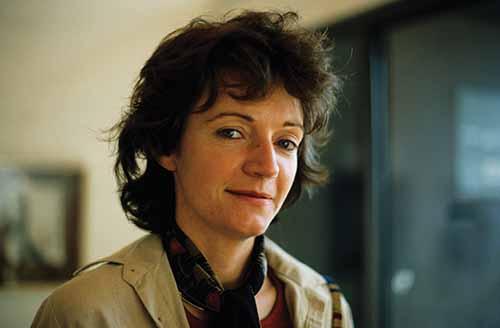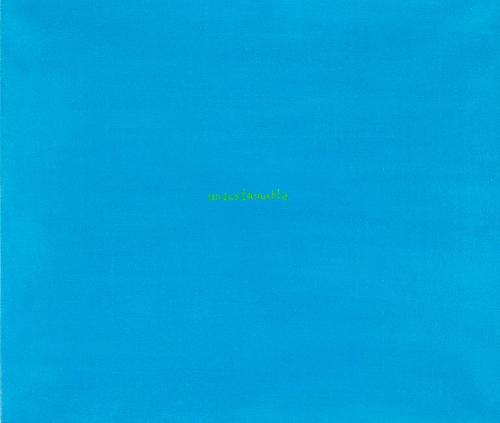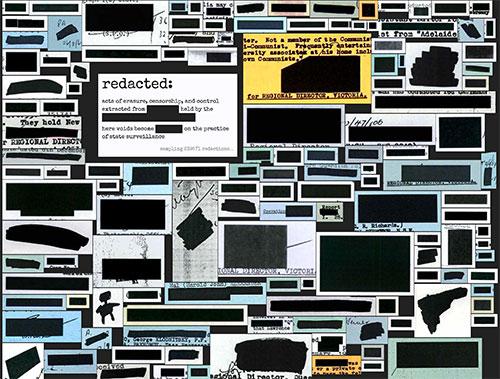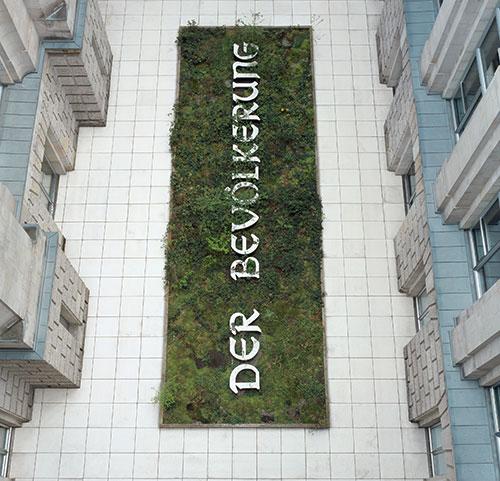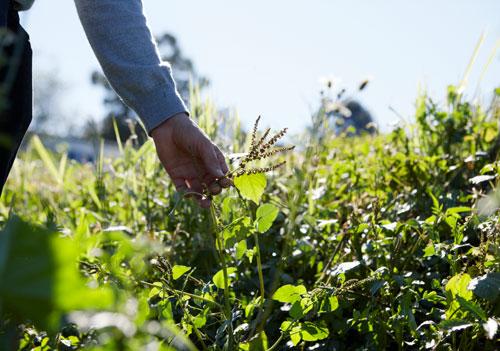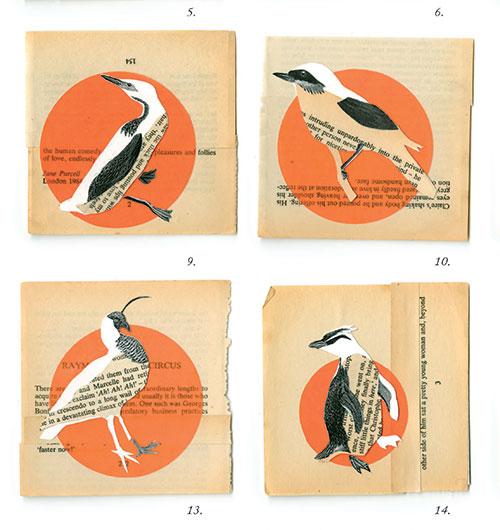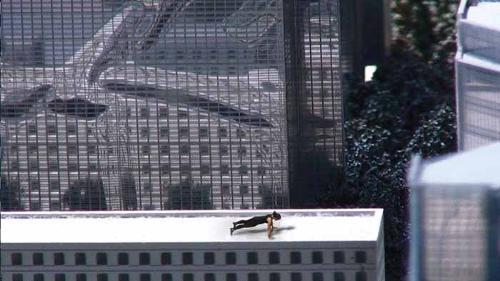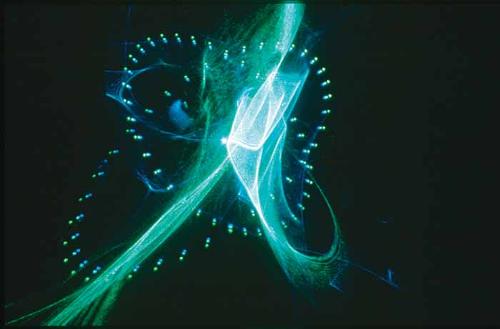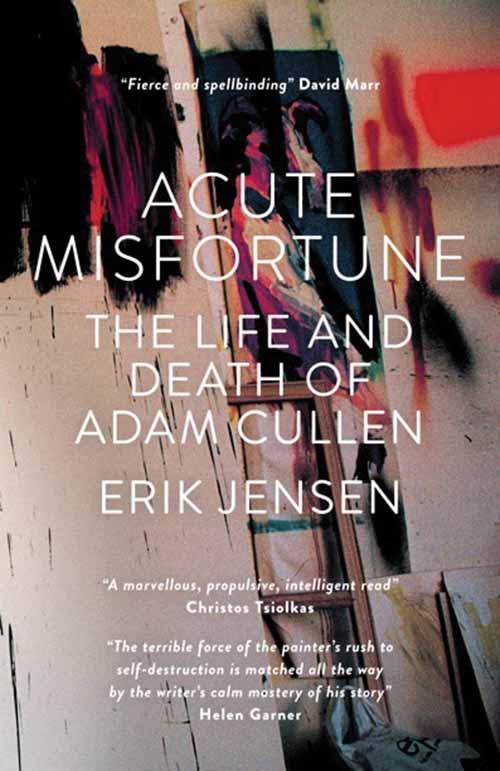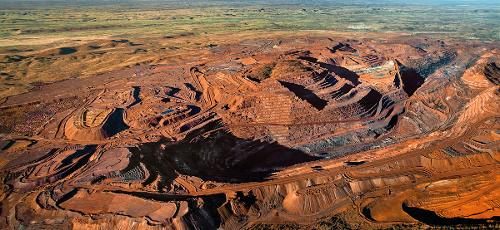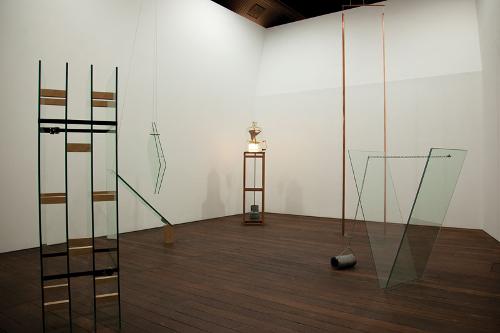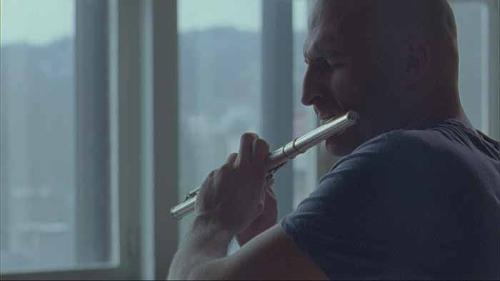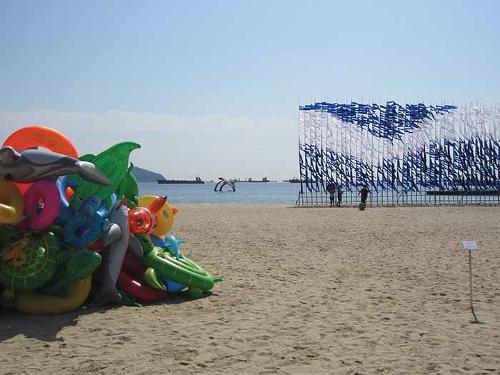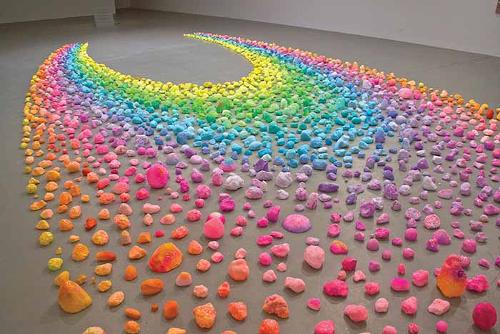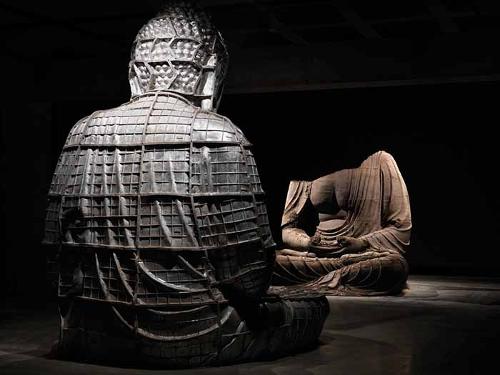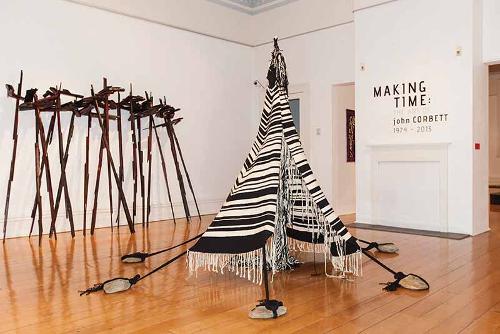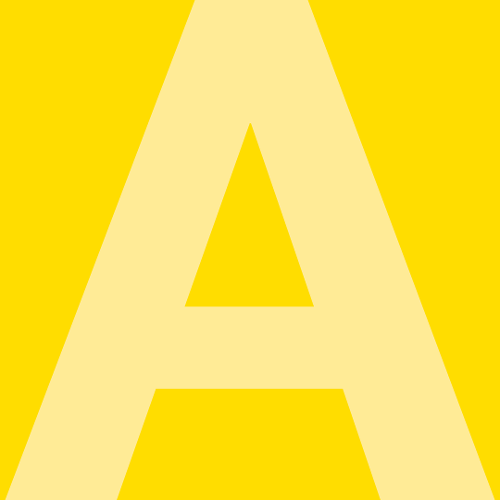Search
You searched for contributors, issues and articles tagged with Mining ...
Contributors
Artlink
Adrian Parr
Ainslie Murray
Alex Taylor
Alison Carroll
Allan Smith
Amelia Hine
Andrew Frost
Andrew Yip
Ann Finegan
Anna Zagala
Annabel Pegus
Anne Marsh
Asha Bee Abraham
Barry Craig
Ben Byrne
Beth Jackson
Briony Lee Downes
Carol Schwarzman
Cath Bowdler
Charmaine Green
Chris Handran
Chris Nash
Christine Nicholls
Coby Edgar
Craig Judd
Damien Minton
Daniel Thomas
Danni Zuvela
Darren Parker
David Hansen
David Watson
Domenico de Clario
Donald Brook
Dr Ken Mulvaney
Eliza Burke
Elizabeth Gertsakis
Elizabeth Newman
Emma Matthews
Eve Sullivan
George Dann
Graham Right
Grant Stevens
Greta Stevens
Hayley McFarlane
Helen Grace
Helen Hughes
Ian Milliss
Inga Walton
Iris Amizlev
Jane Deeth
Janet Maughan
Jennifer Kalionis
Jeremy Eccles
Jo Higgins
Joanna Mendelssohn
Judith Abell
Judith Blackall
Juliana Engberg
Juliette Peers
Karys McEwen
Katie Lenanton
Keri Glastonbury
Kit Wise
Laura Fisher
Linda Carroli
Louise Martin-Chew
Margot Osborne
Marie Bonnal
Michael Taussig
Mitchell Whitelaw
Natalie King
Nerina Dunt
Nicholas Jose
Pat Hoffie
Paul Greenaway
Peter Shand
Peter Timms
Philip Brophy
Philip Watkins
Philipp Kirsch
Robert Nelson
Roger Nelson
Sally Butler
Sam Cook
Sarah Scott
Sean Dockray
Sera Waters
Shannon Lyons
Sheridan Coleman
Simon Biggs
Stephanie Britton
Stephanie Radok
Taloi Havini
Thea Costantino
Thomas Lee
Toby Meagher
Tracey Clement
Tristan Stonhill
Vanessa Berry
Issues
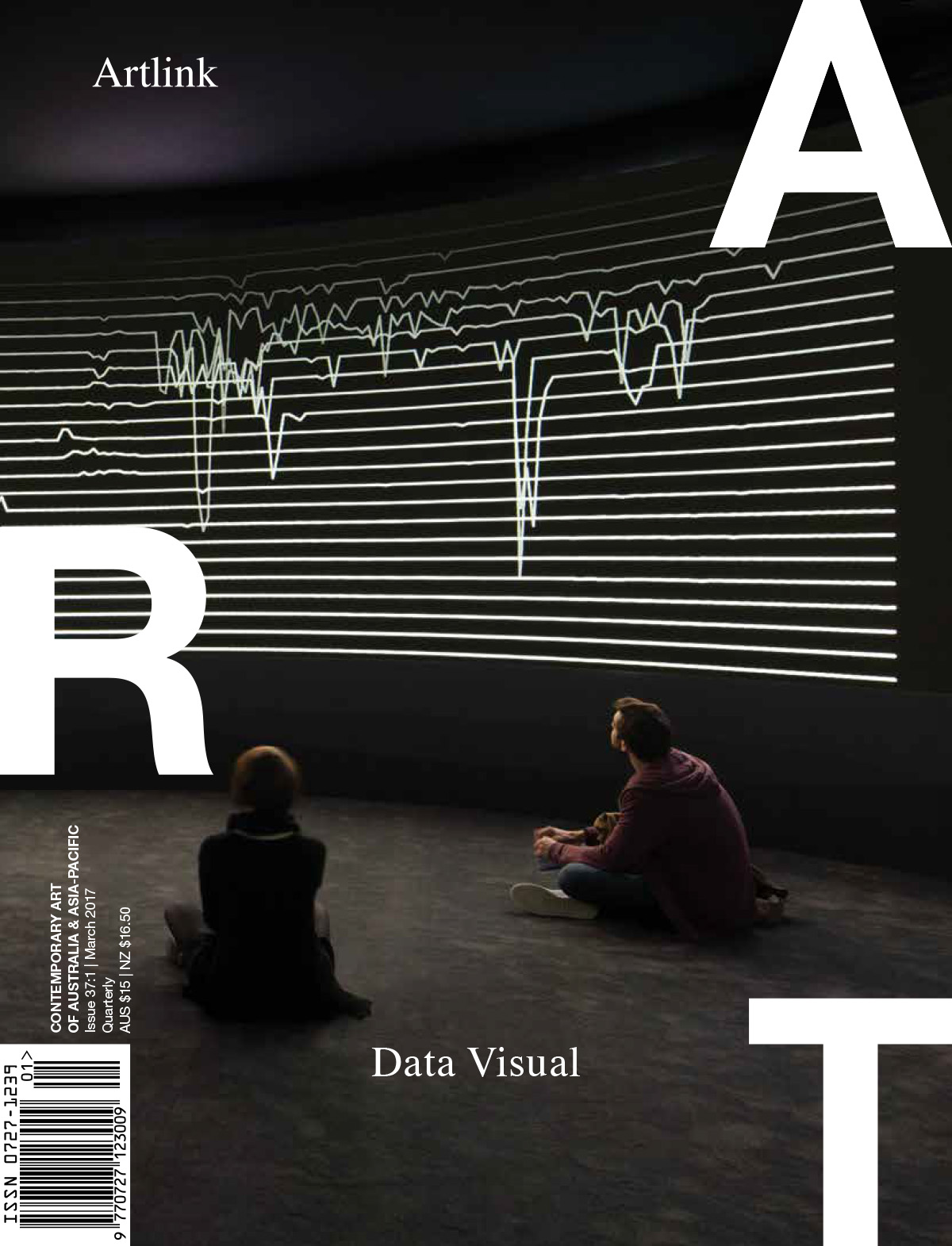
Data Visual
Issue 37:1| March 2017
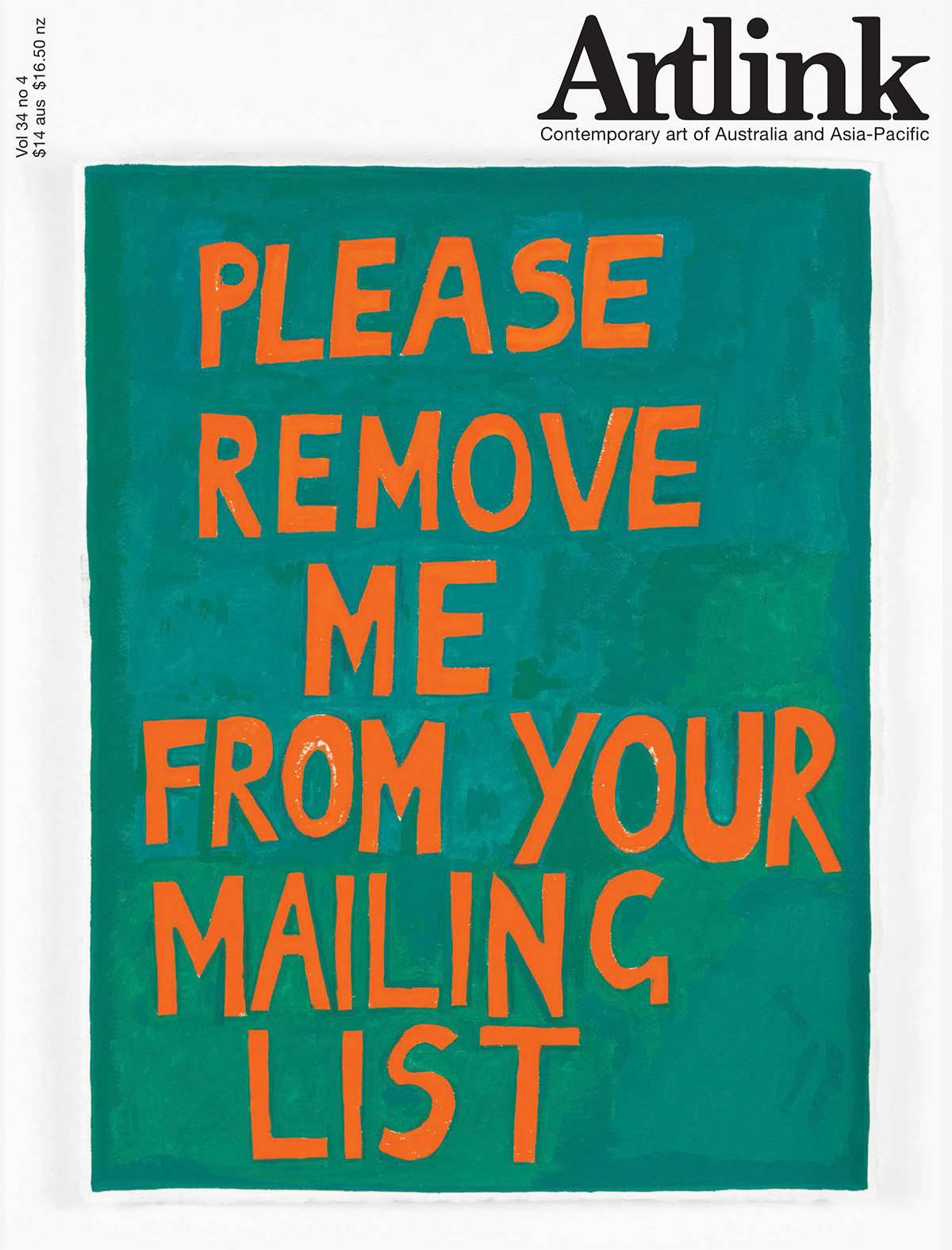
Sustainable?
Issue 34:4 | December 2014
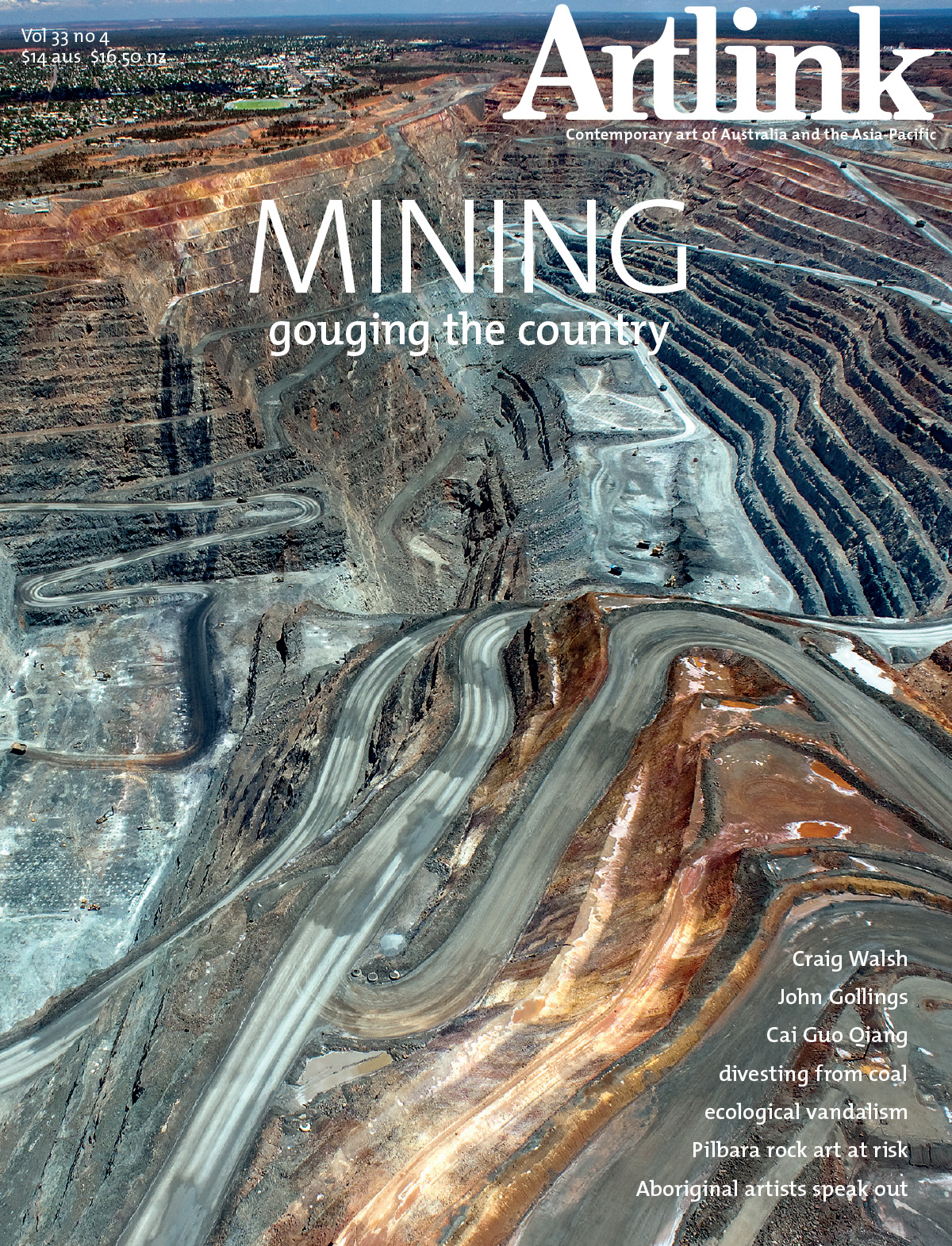
Mining: Gouging the Country
Issue 33:4 | December 2013
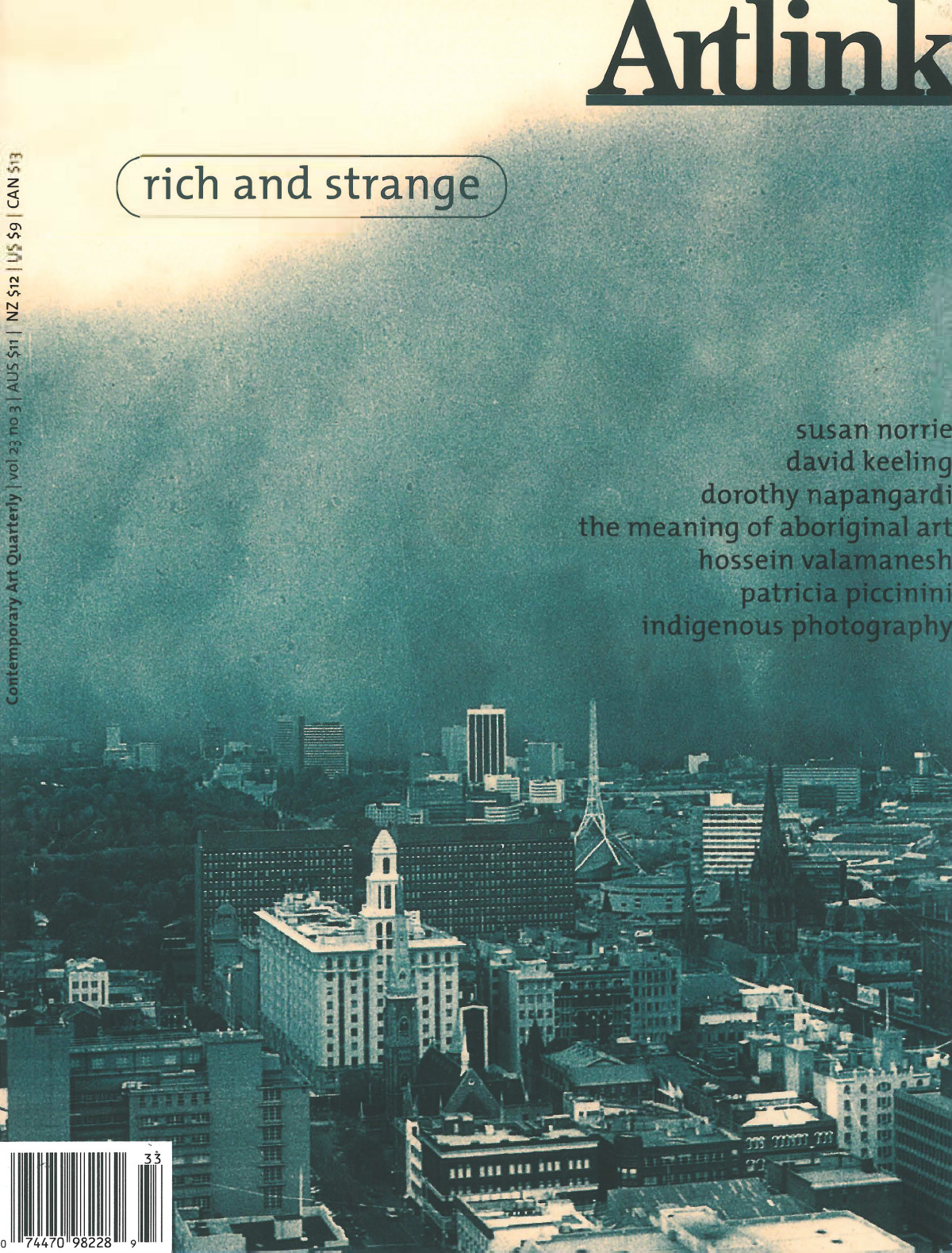
Rich & Strange
Issue 23:3 | September 2003
Articles

Culturally ambitious: Moving with the times
Joanna Mendelssohn on the Australia Council’s latest strategic plan.

The aesthetics and ethics of landscape design
Margot Osborne on the practice of Taylor Cullity Lethlean
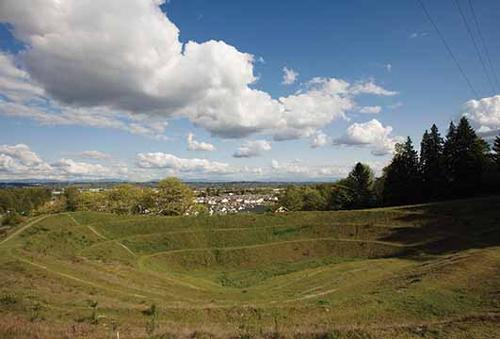
Red mud: Art and the post-mining landscape
Amelia Hine, Philipp Kirsch and Iris Amizlev on building sustainable landscapes and land shapes from post-mining space

Relational acts: Art, commoning and sustainability
Linda Carroli on creative practices that contribute to ‘the commons’

Valediction for a gallery: Following the art money
In 2001, the Damien Minton Gallery opened in Newcastle, moving to the inner Sydney suburb of Redfern in 2005. In August 2014, the gallery closed its doors for the last time. Here, Damien Minton reflects on the changing role of the commercial art dealer and the power of art money

Groggy: Therese Ritchie, Todd Williams
Northern Territory Centre for Contemporary Art (NCCA), Darwin 13 September – 12 October 2013

JamFactory Icon 2013, Stephen Bowers: Beyond Bravura
JamFactory Gallery, Adelaide, 8 August – 28 September 2013

Tony Woods: An Archive
Art Information, 2013
Editor: Andrew Gaynor; Introduction: Tony Woods; Essays: Lesley Chow, Phil Edwards, Sheridan Palmer, Alex Selenisch, Gary Willis, Jake Wilson
Editor: Andrew Gaynor; Introduction: Tony Woods; Essays: Lesley Chow, Phil Edwards, Sheridan Palmer, Alex Selenisch, Gary Willis, Jake Wilson

The Meaning of Aboriginal Art
This essay is not about interpreting Aboriginal art rather it is about the wider issues raised by Aboriginal art, issues that tear through the discrete context of contemporary art and connect it to history, to the everyday, to politics and to the future.

Loop-Back: New Australian Art to Berlin
Engberg writes about FACE UP, a large museum exhibition curated for the Hamburger Bahnhof Museum in Berlin in October 2003. Britta Schmitz who curated FACE UP was intent on extending the discussion surrounding conceptualism and modernism that is reflected backwards with a sideways glance created by a slow burn effect. Photography was delivered in the works of Rosmary Laing, Simryn Gill and Darren Siwes. Installation, in a variety of manifestations, was offered in works by Patricia Piccinini, Mikala Dywer and Fiona Hall.

Why Correggio Jones is not The Hero of the 2004 Biennale of Sydney
The title of the 2004 Sydney Biennale was Biennale Of Reason and Emotion, the curator was Isabel Carlos, a Portuguese woman who will stress her cultural links with the New World, but in her case it is South America rather than North. One of the ideas she wished to explore through the Biennale was the concept of 'south' in a world dominated by the culture of the 'north'. As she states - "what I really want is to create a Biennale that works on the borders of the perception and on artworks that change our way of seeing the world around us."

A Leaf May Become a Forest
Like nature itself, Hossein Valamanesh's artistic oeuvre is inextricably articulated as an evolution which is cyclical. Following his emigration to Australia in 1973, the diverse, but thematically unified art practice of Valamanesh has come to encompass installation, sculpture and works on linen and paper in addition to substantial public artworks. The intricate patternings of Islamic architecture play out in his work which are consistently fragile and subtle in both appearance and approach.

The Entire Life Behind Things: David Keeling's Little Epiphanies
Timms paints a vivid picture of one of David Keeling's paintings, simultaneously posing questions surrounding how we as audiences deconstruct, interpret and therefore place values on certain images. His argument clearly lies in the appreciating of a process, a journey over the final image, especially when the image is as seemingly banal as that which typifies Keeling's practice. Keeling's previous works tended to acknowledge the traps of both the dewy-eyed romantic and the coldly rationalist approach. With his recent shift from a surreal satirical atmosphere to the common everyday, though the subject matter may be different, the locating of meaning is still the same.





